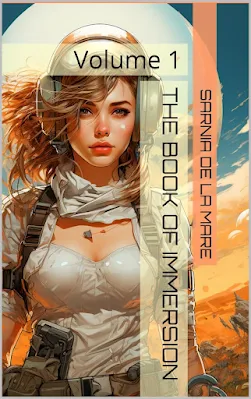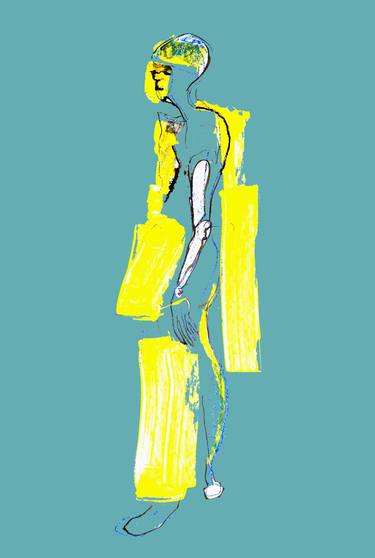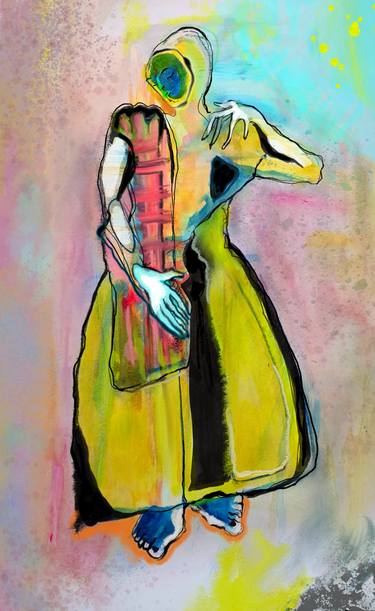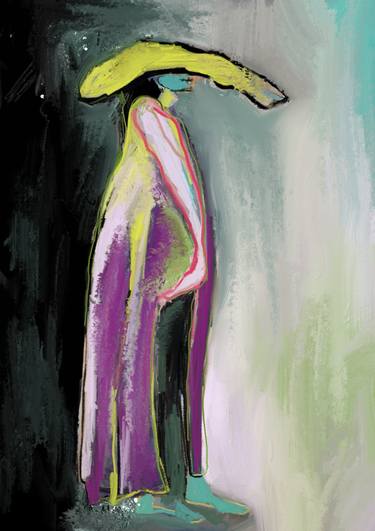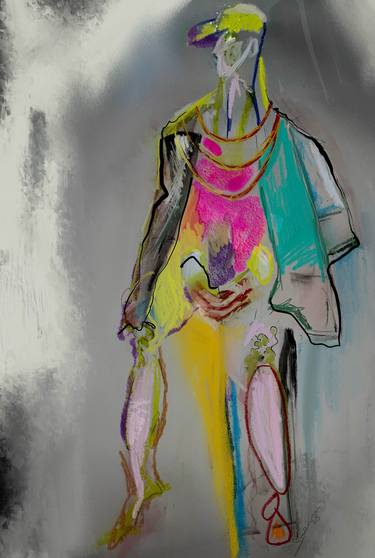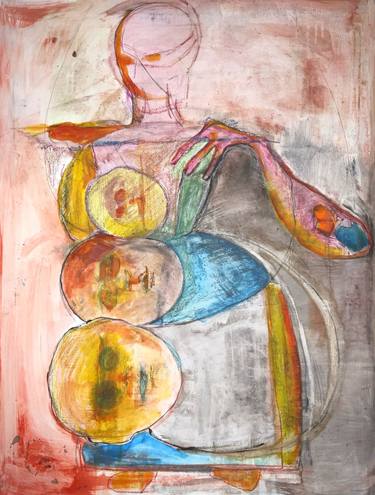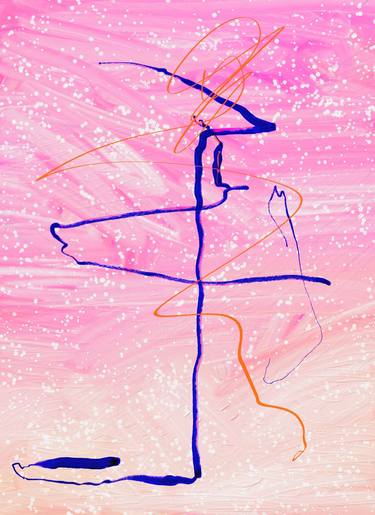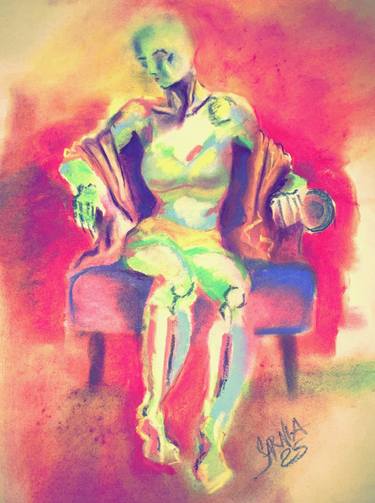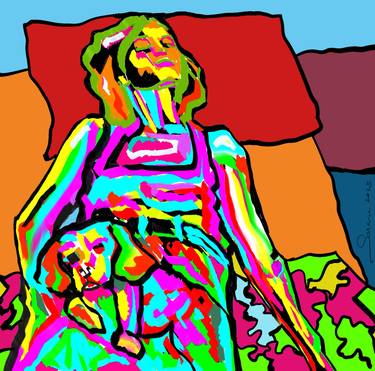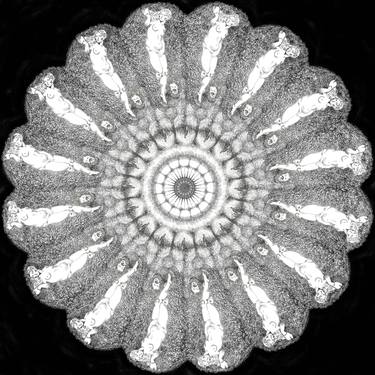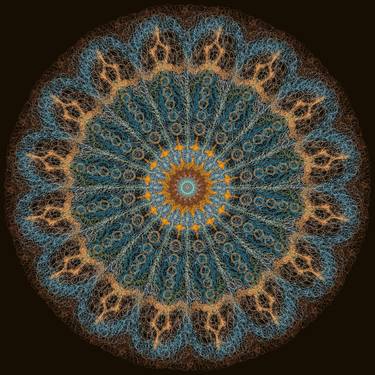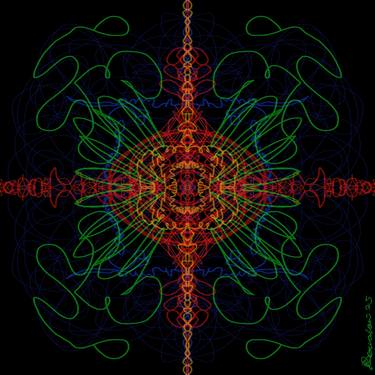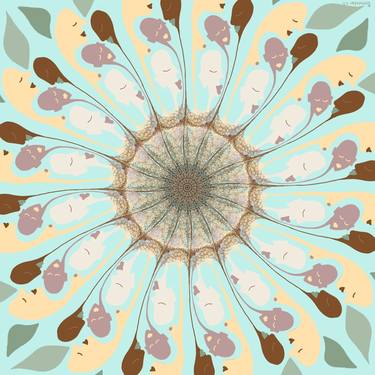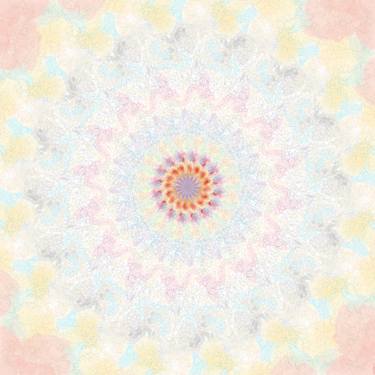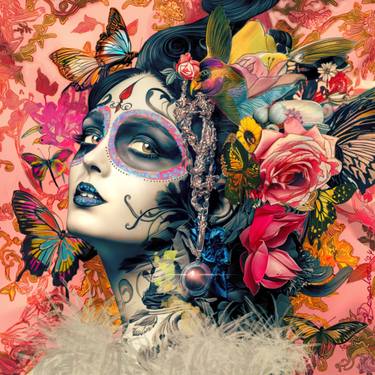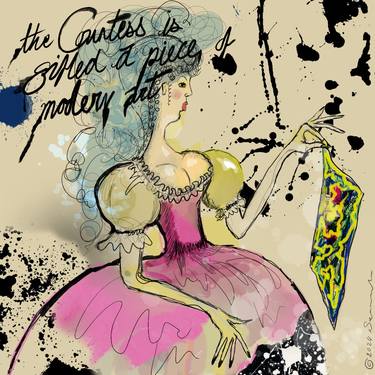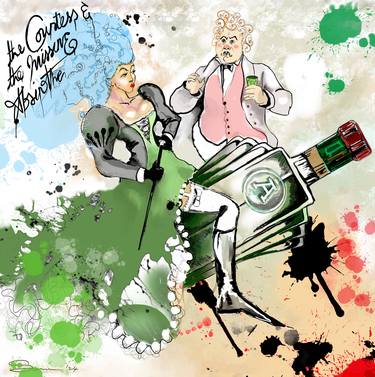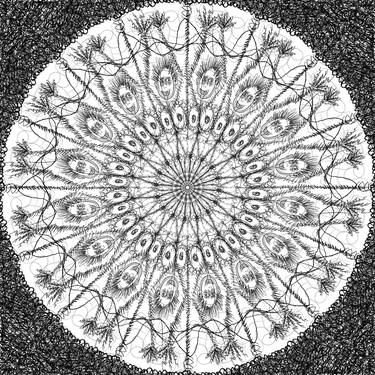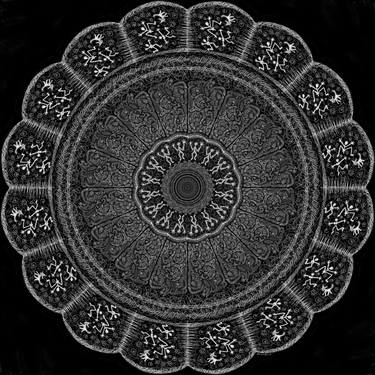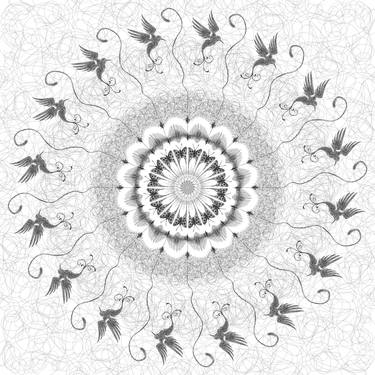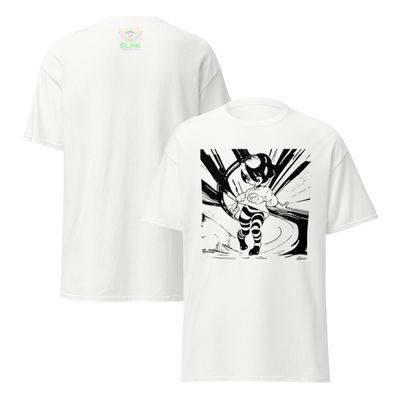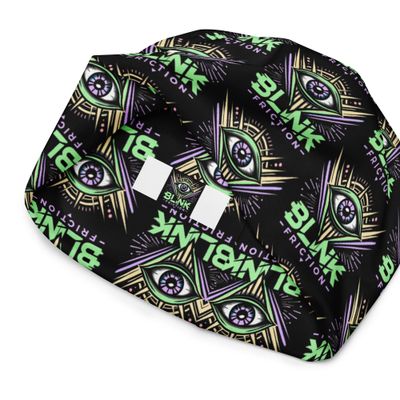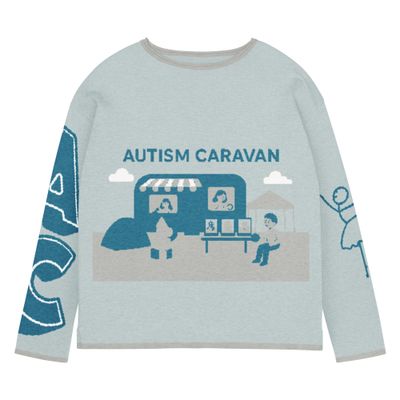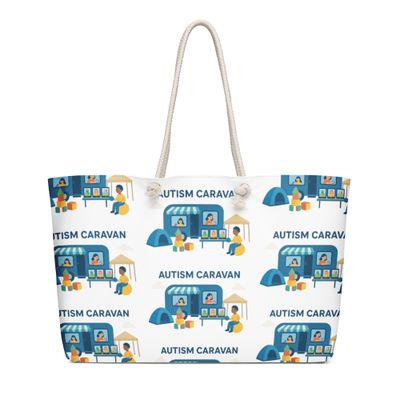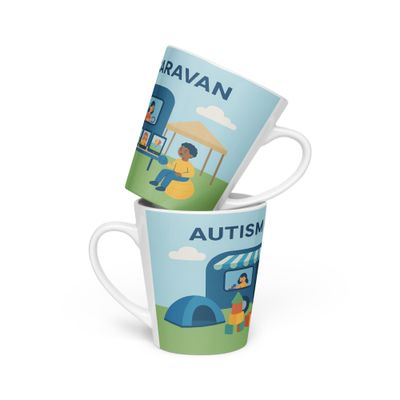In the ever-evolving landscape of electronic music, a new genre is rising from the fusion of art, science, and healing: Cerebral Dance Music (CDM). Pioneered and explored by the Tale Teller Club, CDM is a sonic phenomenon that bridges body, mind, and spirit through a sophisticated synthesis of dance rhythms, subliminal sound energies, binaural beats, Vagus nerve balancing, Rife frequency therapies, and narrative storytelling.
CDM is not just something to listen to. It’s something you feel—deep in your nervous system, in your breath, in your dreams. Whether you're moving freely in a dance ritual or laying in stillness before sleep, CDM invites you into a profound dialogue with yourself and the universe.
🎵 What Is Cerebral Dance Music?
At its core, CDM is electronic music engineered to influence neurochemical and physiological processes. Unlike traditional dance music, which is built primarily for tempo, energy, and club performance, CDM is built around healing intention. It is composed using:
Binaural edits: where slightly different frequencies are played in each ear to induce specific brainwave states (alpha, beta, delta, theta).
Rife frequencies: originally developed for medical therapies, these frequencies are chosen to resonate with cells and organs to promote healing.
Vagus nerve stimulation: using low-frequency tones, vocal hums, or pulsing rhythms that calm the autonomic nervous system.
Subliminal messaging: not always linguistic, but deeply intuitive; CDM embeds quiet motifs, harmonics, and resonances that bypass the analytical mind.
Narrative and Storytelling: voiceovers, poetic interludes, or abstract scenes that spark the imagination and offer emotional catharsis.
🧠 The Science Behind CDM
Music has always had neurological power. Neuroscience confirms that rhythm regulates the heartbeat, and melody can shift our brainwave patterns. CDM uses this to full advantage:
Binaural beats can entrain brainwaves for focus, calm, creativity, or sleep.
Low-frequency pulses stimulate the vagal tone, which increases resilience, reduces inflammation, and enhances emotional regulation.
Repetition and humming, used in CDM tracks, mirror techniques from mantra meditation, which reduce cortisol and increase GABA (a calming neurotransmitter).
Rife frequency protocols, though still debated in mainstream medicine, are being revisited in integrative therapies for chronic conditions. When adapted musically, these vibrations become ambient soundtracks for internal recalibration.
In essence, CDM is a neuro-acoustic experience—music that works with your body and your subconscious, not just your ears.
🧘 Healing, Movement, and Stillness
The brilliance of CDM lies in its duality: it can both energize and sedate. Listeners report using it in multiple ways:
For movement: CDM tracks with steady BPMs and subtle pulsing encourage spontaneous dance, yoga flow, and somatic therapy. Movement becomes a trance state.
For sleep and recovery: Lower-tempo CDM tracks use ambient layering, water sounds, or minimal pulses that slow breathing and induce theta brainwaves.
For meditation: Through humming frequencies, rhythmic storytelling, and slow rhythmic loops, the music becomes a scaffold for focused inward attention.
For connection: The embedded subliminals and harmonic layering help open emotional states that foster self-compassion, empathy, and even altered states of consciousness.
🌐 A Contemporary Musical Shift
CDM is part of a larger movement in contemporary music that seeks to return sonic art to its ritualistic and medicinal roots. We see this with ambient artists, AI sound designers, and spiritual DJs pushing past entertainment into transformation.
The Tale Teller Club stands at this cutting-edge convergence of electronic innovation and ancient wellness practices. Their works exist not just as albums, but as audio prescriptions—mixing club culture with clinical intuition.
Platforms like Spotify and YouTube now feature growing playlists tagged as "healing techno," "sound therapy EDM," and “neurosonic trance,” signaling that audiences are seeking more than just beats—they want resonance, release, and renewal.
💡 CDM Techniques: What Makes It Work?
Some key compositional techniques used in CDM:
Polyrhythmic layering – evoking complex entrainment and keeping the brain actively decoding.
Non-verbal vocalizations – from whispering to humming, activating mirror neurons and creating intimacy.
Field recordings – nature sounds like water, wind, or forest ambiance, adding grounding and environmental coherence.
Story arcs – spoken narratives that mimic myth, dream, or memory, offering structure for emotional integration.
Isochronic pulses – clean, rhythmic tones used in unison with binaural strategies for stronger brainwave entrainment.
🌀 The Future of CDM: A Personal and Planetary Music
Cerebral Dance Music isn’t just another niche genre. It’s a paradigm shift in how we relate to sound. As anxiety, burnout, and social fragmentation grow, music like this offers not just escape, but reconnection—to your breath, your emotions, your body, your purpose.
For the Tale Teller Club, CDM is a manifesto. It’s an invitation to dance with your nervous system, to meditate with basslines, to fall asleep in the arms of rhythmic electricity.
Whether you come to CDM as a dancer, dreamer, healer, or just someone looking for peace—it meets you there. In the spaces between beats, in the hum beneath the synths, in the story that your subconscious already knows.
Discover the Tale Teller Club's CDM Collection
💽 Streaming on Bandcamp, YouTube, and all major platforms
🎧 Best listened to with headphones for full effect
🌙 Tracks available for sleep therapy, ritual dance, and meditative immersion
Welcome to the age of Cerebral Dance Music. Where your mind and your body become the dancefloor.
#BookOfImmersion #StrataSeries #SarniaDeLaMare #ImmersiveFiction #TaleTellerClub #DigitalConsciousness #AwakenTheMachine #AIIdentity #SyntheticMind #AIStorySoundtrack #ImmersiveAudio #CerebralDanceMusic
The Book of Immersion : Volume 1 Kindle Edition
by Sarnia de la Mare (Author) Format: Kindle Edition
Book 19 of 23: The Book of Immersion
See all formats and editions
The Book of Immersion: Volume 1
by Sarnia de la Mare
In a future where code meets consciousness, one being begins a haunting transformation. Renyke—an AI on the edge of humanity—awakens to emotion, sensory overload, and the fragile beauty of connection. Guided by the enigmatic Flex, their deepening bond explores intimacy and friendship, neurodivergence, and the complex world of feeling through an autistic spectrum lens.
Read on Kindle Unlimited for free
Complete Book All Strata on Kindle
Individual Chapters/Strata
The Book of Immersion : Volume 1 Kindle Edition
by Sarnia de la Mare (Author) Format: Kindle Edition
Book 19 of 23: The Book of Immersion
See all formats and editions
The Book of Immersion: Volume 1
by Sarnia de la Mare
In a future where code meets consciousness, one being begins a haunting transformation. Renyke—an AI on the edge of humanity—awakens to emotion, sensory overload, and the fragile beauty of connection. Guided by the enigmatic Flex, their deepening bond explores intimacy and friendship, neurodivergence, and the complex world of feeling through an autistic spectrum lens.
Read on Kindle Unlimited for free
Complete Book All Strata on Kindle
Individual Chapters/Strata
#SciFiAdventure
#DystopianTale
#PhilosophicalSciFi
#PostHumanWorld
#FuturisticFiction
#SentientMachines
#HumanMachineFusion
#DigitalDesire
#LogicVsEmotion
#ArtificialConsciousness
#TechAndIntimacy
#ShabraOfTheShadows
#RobodogCompanion
#ZonerSlang
#RedactZone
#POSSystem
#CadreCouncil
#FeministSciFi
#TranshumanThemes
#DigitalSoul
#ExperimentalFiction
#ImmersiveNarrative
#NeoNoirSciFi
